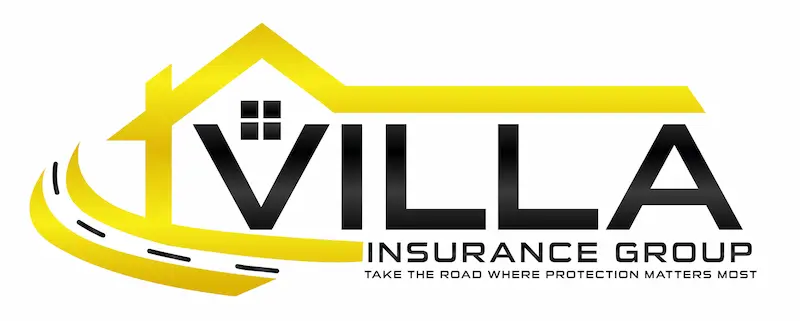Over the years advancements in vehicle technology have played a pivotal role in reducing accidents and saving lives.
Modern vehicles are increasingly equipped with a range of sensors designed to monitor, detect and prevent potential dangers on the road. Here’s a look at how these sensors work, and the technologies they employ to create a safer driving experience for you, your loved ones and other motorists.
Collision avoidance
Collision avoidance systems utilize sensors such as radar, cameras and ultrasonic sensors to detect obstacles ahead. If a potential collision is identified, the system may warn the driver and, if necessary, apply the brakes or take corrective actions to avoid impact.
This technology significantly reduces rear-end collisions, especially in stop-and-go traffic or emergency situations. Features like automatic emergency braking are often included as standard components of this system.
Blind spot detection
Blind spot detection systems use radar sensors, typically mounted on the rear bumper, to monitor areas that are difficult for drivers to see. When a vehicle enters the blind spot, the system triggers an alert, often in the form of a light or an audible warning.
This feature prevents side collisions during lane changes by making drivers aware of vehicles they might not otherwise notice. It reduces the risks associated with blind spots, which are a common cause of crashes.
Real-time hazard detection
Using a combination of sensors like cameras, radar and lidar, real-time hazard detection systems continuously scan the road ahead for potential threats. These systems analyze data to predict collisions, detect pedestrians, identify road signs, and more.
Lidar (light detection and ranging) sensors use laser pulses to create a 3D map of the vehicle’s surroundings. By measuring the time it takes for the light to return after hitting an object, lidar provides precise distance and shape data.
If a hazard is detected, the system can warn the driver or automatically apply brakes to avoid or minimize the severity of an impact. This reduces the risk of accidents and helps mitigate injury when collisions are unavoidable.
Tactile feedback mechanisms
This system uses vibrations or resistance in the steering wheel to alert the driver of potential dangers. For example, if the vehicle drifts out of its lane without signaling, the wheel might vibrate to warn the driver.
Tactile feedback helps reduce inattentiveness and provides a more immediate and direct cue that something is wrong. Combined with lane-keeping assist systems, it can gently steer the vehicle back into the correct lane, helping prevent accidents caused by lane departures.
Tire temperature sensors
Tire temperature sensors monitor the heat within tires and detect conditions that could lead to a blowout, such as under-inflation, overloading or excessive temperature increases due to friction.
By providing real-time alerts to the driver, these sensors can prevent tire failures, reducing the risk of accidents caused by sudden blowouts or loss of traction.
Lane departure warning
This warns the driver when the vehicle drifts out of its lane without signaling, and gently steers it back if needed.
The takeaway
As you can see, vehicle sensors provide drivers with the eyes, ears and sometimes even hands needed to avoid potential road hazards.
By leveraging cutting-edge technologies these systems work together to prevent accidents, save lives and promote a safer driving environment. And as innovation continues, sensors will play an even greater role in shaping the future of road safety and accident prevention.
Please call us at (425) 771-9000 and we can help you determine what auto coverage is best for you.
Are you looking for auto insurance in Lynnwood, Washington? We are the top rated local auto insurance independent agency protecting all aspects of your life, from your business to your autos and home, we have you covered! The benefit of choosing an independent agent like us means options. We have relationships with many top rated carriers to give you the auto insurance coverage you need that fits your budget. We are now serving the Seattle area.
